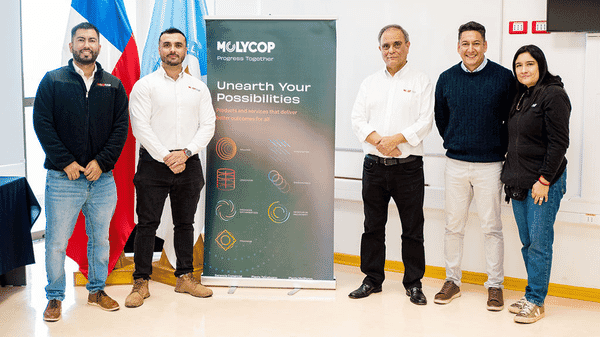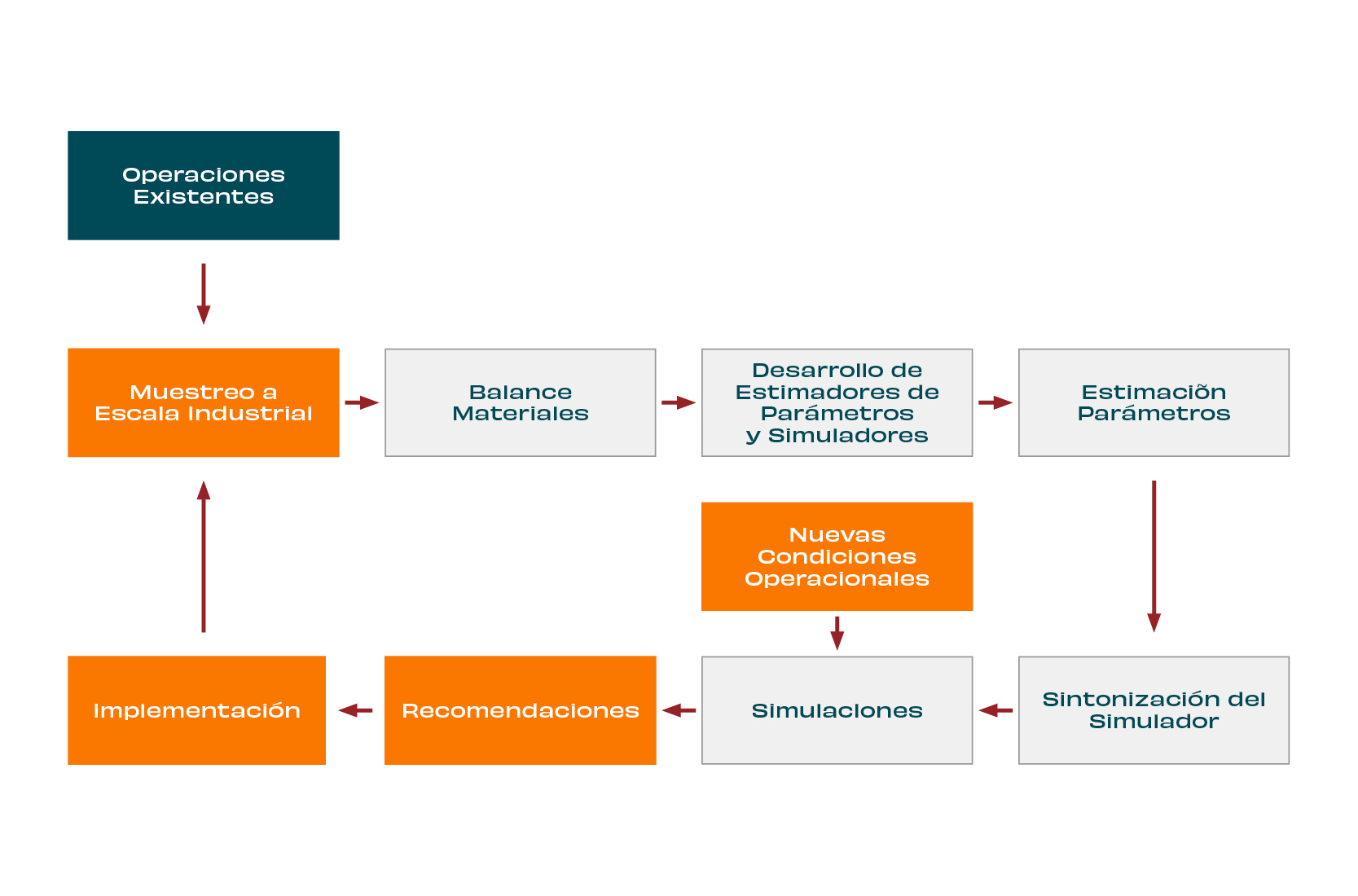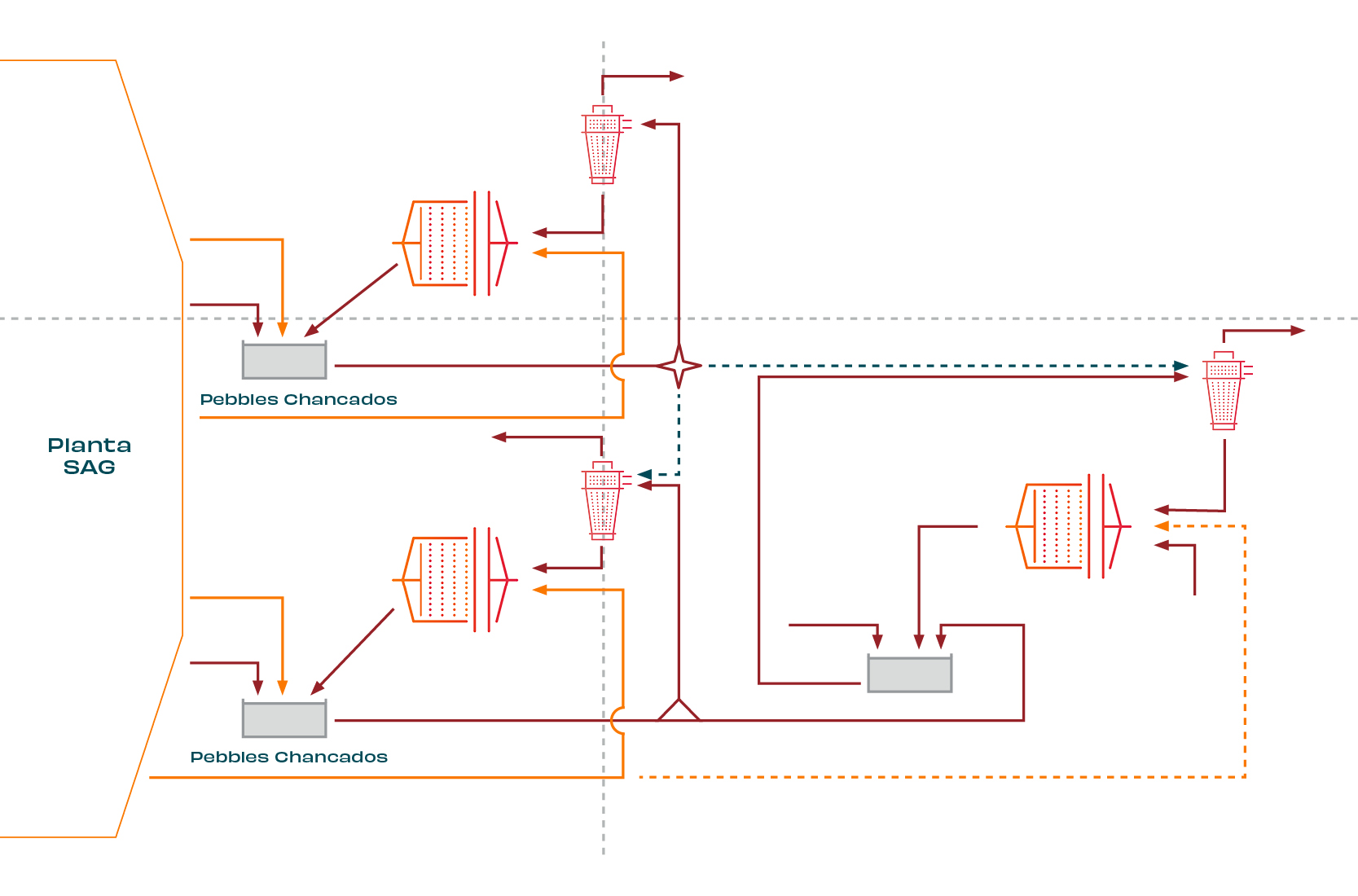Key Facts
- Molycop Tools is a suite of Excel spreadsheet based programs that metallurgists use to characterise and evaluate the operating efficiency of a grinding circuit.
- Training sessions enable participants to use Molycop Tools software through real examples of industry application, complemented by discussion of theoretical concepts.
- Molycop Tools training sessions can be arranged for process engineers and engineers upon request.
Molycop engineer Javier Jofre has played a key role in establishing Molycop Tools, a suite of tools that support plant metallurgists to optimise milling operations.
Molycop Tools incorporates a full set of digital simulators for conventional and semi-autogenous grinding applications with the corresponding mass balance and parameter estimation routines.
We spoke with Javier about how Molycop Tools can be used and the training program he put in place for plant metallurgists to use them.








